TruthVid's 100 Proofs that the Israelites were White, Part 42: 54, The Blessings and Curses of Deuteronomy Only Apply to European People
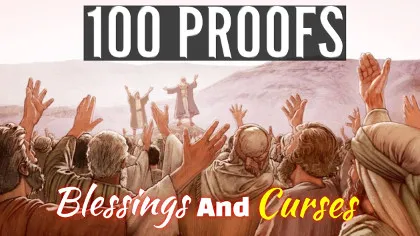
TruthVid's 100 Proofs that the Israelites were White, Part 42
In our last few presentations in this series, we discussed many aspects of Jacob and Esau in prophecy, all of which also show that the modern day Jews are Edomites, and not Israelites, that they are a people accursed by God, and that the position which they have attained today in world economics and politics was also a subject of Biblical prophecy, Esau having been foretold that he would one day break the yoke of Jacob and gain dominion. The fact that Jews were the chattel property of Christian kings throughout Medieval European history underscores the truth of our interpretation of these prophecies. Now we shall turn the page completely, and discuss the blessings and curses which were prophesied to come upon the children of Israel for their obedience or disobedience to their God These also help to establish that White Europeans are indeed the true Israelites of Scripture.

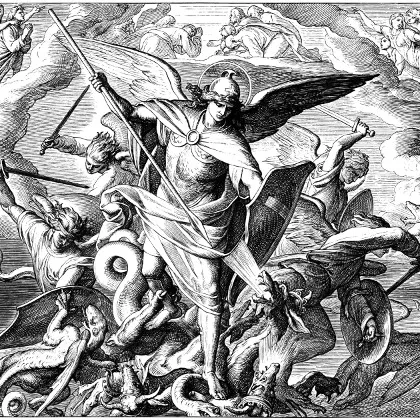

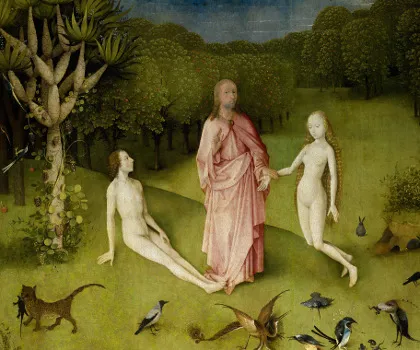


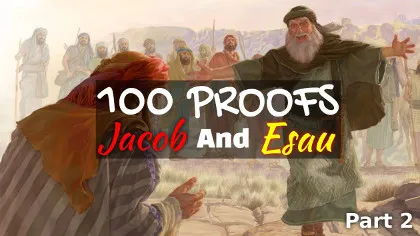

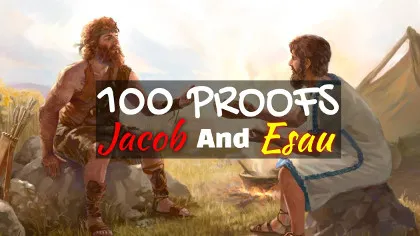
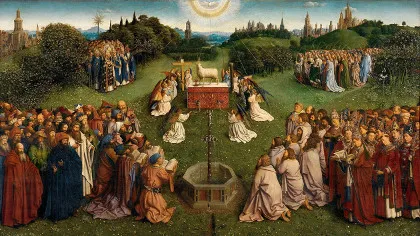




 Please click here for our mailing list sign-up page.
Please click here for our mailing list sign-up page.








Recent comments